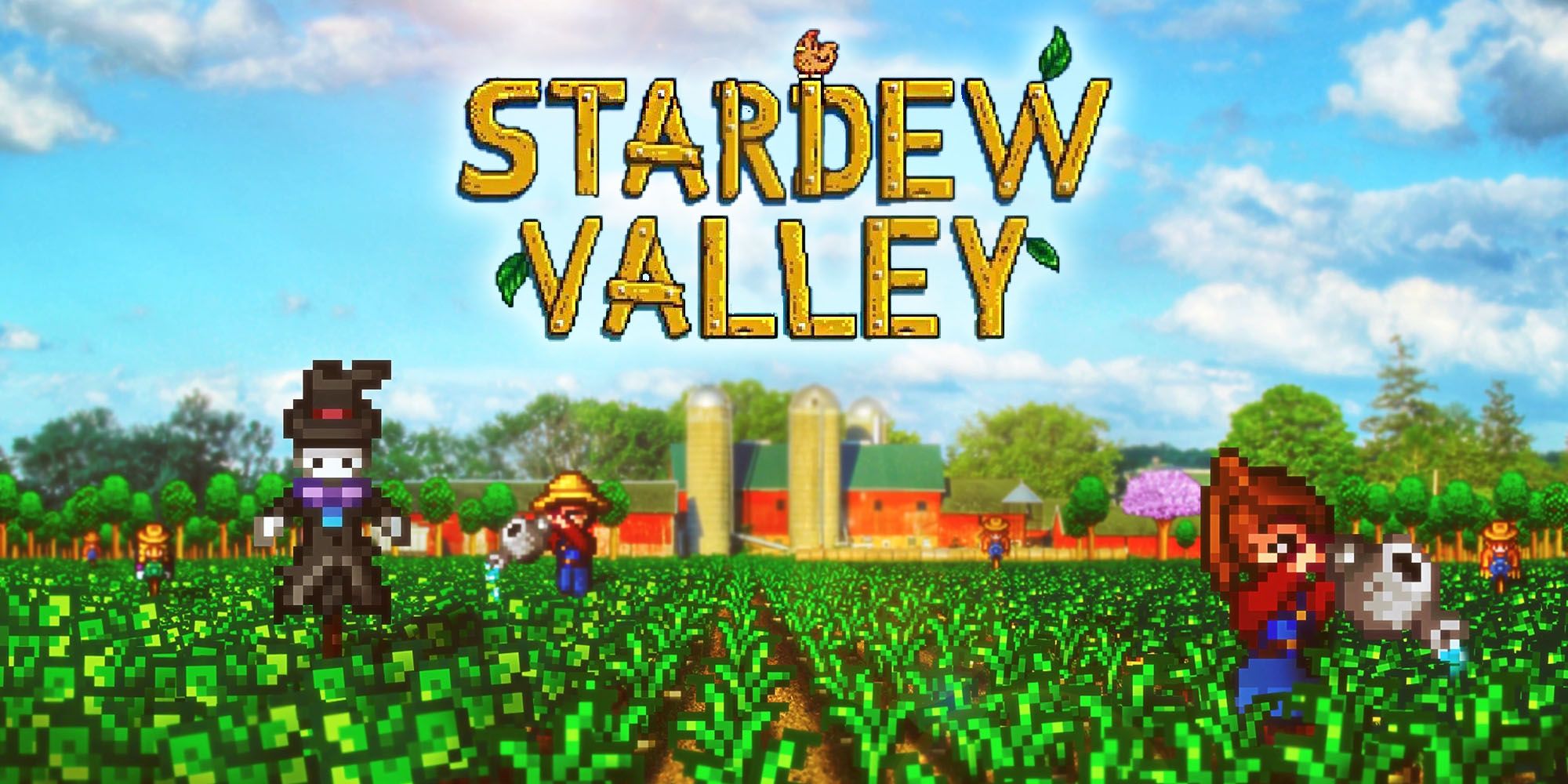Certainly, character customization is a superior method of investing the player in the playable subject of a game compared to predesigned character models. The ability to customize not only the look of a playable character but also their personal background and trait-based strengths (through skill leveling or class systems) leads to an even further developed sense of agency and ownership. Of course, these agencies only go as far as the game allows them to, so certain freedoms may be forgone and choices can vary in the amount of variety provided. In Stardew Valley, the character customization is not completely unconventional. Certain choices are made on a binary, such as gender, while others like skin tone and hair color rely on a spectrum slider function which gives a wider variety of options. Clothing functions somewhere in between, with over 100 shirt options but a mere 4 pants options. Similarly, pet choice is limited to 6 total choices of 3 cats and 3 dogs. The gendered nature of these animal choices is also potentially problematic, and one wonders why certain other choices are not provided. In a game that mostly allows the player to operate freely in terms of the tasks and relationships one can pursue and improve through skill leveling, it becomes a point of interest where certain freedoms in character customization are constrained. With the example of text customizable traits like “Favorite Thing”, these inputs are technologically relegated to arbitrary ends that amount to no in-game change. In a world with constantly expanding notions of sexuality and gender and decreasing restraint on normative conceptions of fashion, a push for more spectrum-based character creation seems inevitable. The manifestation of a gender spectrum in games is a complex task to undergo, and will likely begin with a shift towards more options, not unlike the inclusion of 4 pant or 6 pet choices. A color spectrum is a more easily represented concept, especially in a cartoonish art style. The ultimate point here, however, is that new freedoms provided by character customizability coincide with new choices and new freedoms that demand to be unlocked. Advances in technology and cultural shift play a massive role in this process. Beyond just the problems of choice, Stardew Valley’s character customization lends itself to another universal issue of the personalized protagonist.

Example of Stardew Valley customization to create Bob Ross

Mod to remove gender symbols

Removal of gendered pronouns via a mod
Representation of the playable protagonist in video games beyond the white heterosexual male has long been fought for, but how does the push towards increased character customization muddy this fight? Naturally, the ability for a gamer to create a playable in-game vessel that resembles their own physical appearance or disposition of a variety of traits is appealing, as already alluded to. It is, however, worth considering the inclusion of character customization both eliminates the universal protagonist of a title and creates new problems for the developer in the necessity for ever-increasing varieties of customization options. A customized and personal character, such as the alien-looking mohawked protagonist of my own personal Stardew Valley farm, will only be represented in my game experience barring I stream my playthrough to an audience. Even then, the character in my own playthrough will not become a figure in the zeitgeist in the way Lara Croft is, even if I was to have a massive following. The complicated nature of Lara Croft as both poor and potentially positive under the lens of feminist game studies is debated as denoted in the introduction to Feminism in Play, but her character is at the very least still prominent due to her inclusion in all game copies (Gray, 2). If we consider bad representation as the hostile opposition of accurate representation in video games, creating characters that will appear in all of the purchased copies of a game is required. Aimee Hart discusses a lack of diversity in Pelican Town, specifically a lack of non-white families (Hart, 6). This is another notch against the game’s attention towards universally populated diverse characters. A concession for an NPC, such as the townsfolk in Stardew Valley, as being representative is still an important element of representation, but the playability of diverse characters in specific narrative games is best suited for generating effective and widespread representation. Similarly, mods are creative methods for increased freedom in games but still suffer from the same lack of universality that customizable characters do. They are not distributed and present in all of the games, and thus speak more to the values of the community and not to the values upheld by the designers.
Works Cited
Gray, K. L., Voorhees, G., & Vossen, E. (2018). Feminism in play. Springer International Publishing.
Hart, A., Perkins, J., Wells, V. S., Velez, M., Jackson, K., & Staff, G. (2020, July 20). Stardew Valley is not the LGBT Utopia I first thought it was. Gayming Magazine. Retrieved January 28, 2022, from https://gaymingmag.com/2020/07/stardew-valley-is-not-the-lgbt-utopia-i-first-thought-it-was/
Sayer, M. (2017, April 7). The modders making games more gender-diverse. Rock Paper Shotgun. Retrieved January 28, 2022, from https://www.rockpapershotgun.com/the-modders-making-games-more-gender-diverse
